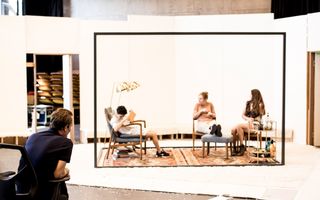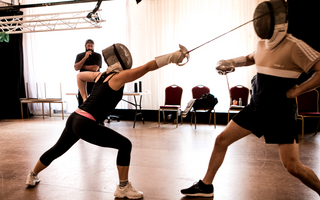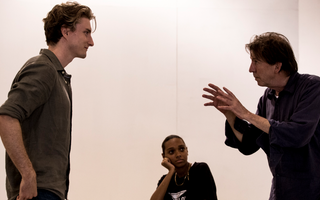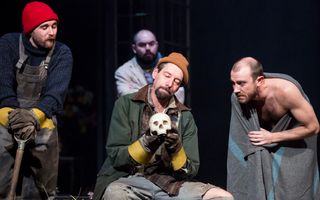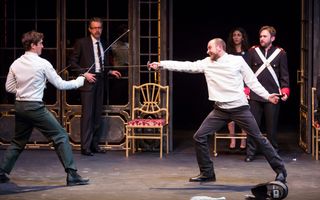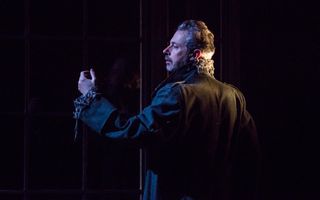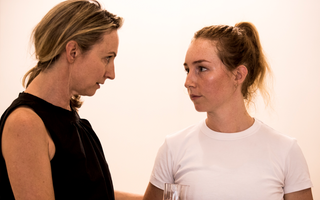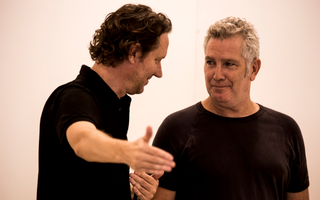 On Stage
On Stage
Hamlet uses a ‘play-within-a-play’ to prove his uncle is guilty of murdering his father.
He believes that "people sitting at a play can by the very cunning of the scene be struck to the soul". Indeed, that is the very purpose of theatre and film. Actors telling a story have the ability to stir our emotions, shock, teach, appall, frighten and fill us with joy. Every production of Hamlet has the wonderful opportunity of devising a new and interesting way to present the play-within-a-play. The following exercise involves scripting, directing and performing your own version of Hamlet’s famous ‘Mousetrap’ to "catch the conscience of the king".
PREPARATION
In groups of 4 to 6, re-read and understand the basic plot-line of ‘The Murder of Gonzago’, (starting Act 3, Scene 2, line 121). It, of course, provides an allegory or mirror to the plot of Hamlet itself. Hamlet wants to graphically restage the murder of his father (poisoned in the ear), but he also wants to attack and insult his mother for declaring her love for her first husband and then remarrying so soon after his death. It is pure shock theatre, designed to confront and stir its audience.
Shakespeare deliberately turns to an older form of narrative, poetic theatre to tell the story. You will notice the language is even more poetic and formal and structured than his writing normally is. To us in the 21st Century, Shakespeare’s plays are themselves an ‘older form of narrative, poetic theatre’. A contemporary production of Hamlet can call upon an infinite variety of theatrical styles to present the ‘Mousetrap’ and make it more accessible to a modern audience. As modern writers and directors in this exercise, you are free to completely rewrite the Mousetrap in any style, affording you a great opportunity to develop a brilliant script, explore a particular theatrical style, create immense tension and stage it powerfully. One of the major challenges for every production is where to place Claudius watching it – see if you can solve the challenge.
THE TASK
Work cooperatively. Your group performance should run between 4 to 6 minutes.
- Choose the ‘style’ or ‘form’ of theatre you think will work most powerfully? Consider some of the theatre styles or practitioners you have studied – i.e. your Mousetrap might be Brechtian, Realist, Artaud, Physical Theatre and Dance, Kabuki, Commedia del’Arte, Multi-media, a blend of different styles etc. Brush up on the techniques/conventions of your style.
- Write or devise a strong working script of your piece
- Establish the space you need and the setting you are working in. Determine costumes
- Perform for your peers. Note and evaluate the inventive styles your class presents.
